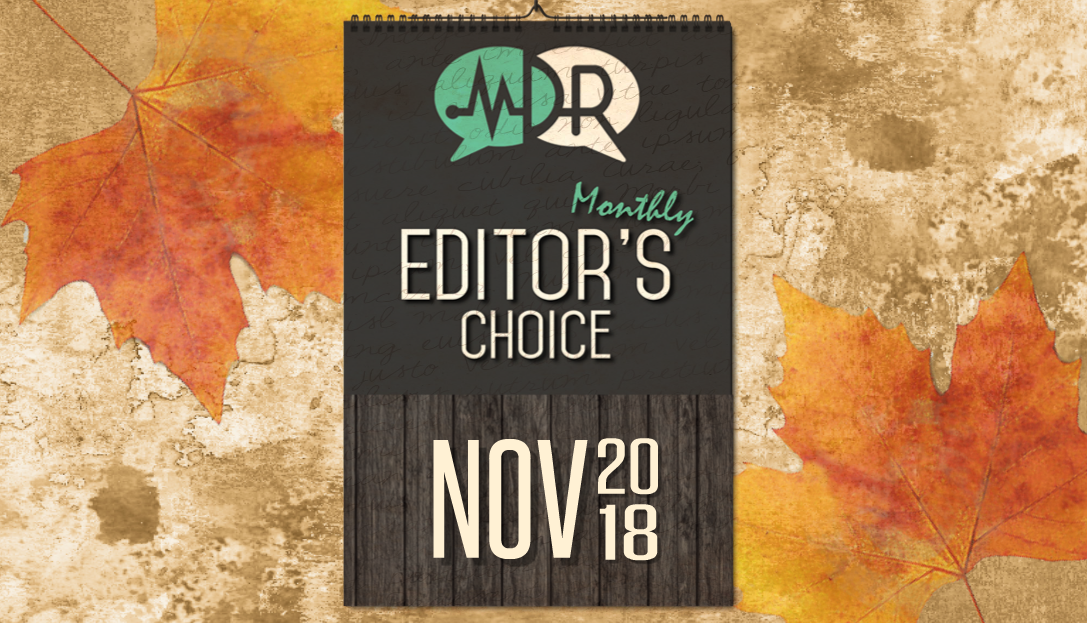Teaching, Medicine, and the Learning Curve | November Editor’s Choice

By Aparna Alankar| Senior Editor
Illustration by: Sorasicha Nithikasem| Director of Art & Layout
In the Spring 2010 issue of the Medical Dialogue Review, Parth Patel writes about the relationship between medical care and teaching in his article, “Teacher First, Healer Second” (2010). The word doctor is derived from the Latin term for “teach” (docere), and therefore, Parth argues, a doctor should be more of a teacher than a healer. In his article, Parth discusses the similarities between the teaching and medical professions, compares the patient-physician interaction to the student-teacher encounter, and mentions some of the obstacles currently present to physicians involved in academic medicine.
Parth concludes the article by touching upon a critical aspect of teaching while simultaneously providing medical care—the compromise. Doctors, Parth writes, must deal not only with the logistical challenges involved in teaching but also with the reality that comes with caring for people while teaching (2010). From here, Parth cites the difficulty of making time in the already packed medical training schedule for educational courses aiming to improve a doctor’s teaching ability. By this point, however, I was reminded of a different reality, one where providing medical students and interns opportunities to practically learn procedures can actually end up compromising patient care itself. Atul Gawande writes as much in the very first chapter of his book, Complication: A Surgeon’s Notes on an Imperfect Science (2002).
The first chapter is titled “Education of a Knife”—a title which, as readers quickly realize, is uniquely appropriate. Gawande begins by describing a patient who needs a central line, and then the intern, four weeks into surgical training, who is tasked with this procedure—his “first real procedure.” From here, Gawande describes the intern’s nervousness, and then the insertions of the three-inch needle into the patient’s chest as he attempts to put in the central line—once, twice, three times, until the chief resident finally takes over and finishes the procedure, later telling the intern that he should not worry too much about how things had gone, and that it just takes practice. Confidence, Gawande reflects, is integral to the education of a knife— “in surgery, as in anything else, skill and confidence are learned through experience—haltingly and humiliatingly…like the tennis player and the oboist and the guy who fixes hard drives, we need practice to get good at what we do…there is one difference in medicine, though: it is people we practice on” (2002).
It is this quote of Gawande that Parth’s article brought back to me. One of the greatest compromises in modern medical teaching is that of patient care itself. As Gawande writes, “by traditional ethics and public insistence, a patient’s right to the best care possible must trump the objective of training novices…we want perfection without practice.” Yet there is currently no system in place to make this ideal a reality, and, in fact, it may be entirely wishful thinking. Is teaching integral to medicine? Absolutely. But as to how exactly medical students might acquire the knowledge and practical skills needed to become successful physicians without compromising quality of patient care—the answer here is less certain.
References:
Gawande, Atul. Complications: A Surgeon’s Notes on an Imperfect Science. Picador, 2002.
Patel, P. Teacher First, Healer Second. NYU Medical Dialogue Review. 2010;4(2):14-17.